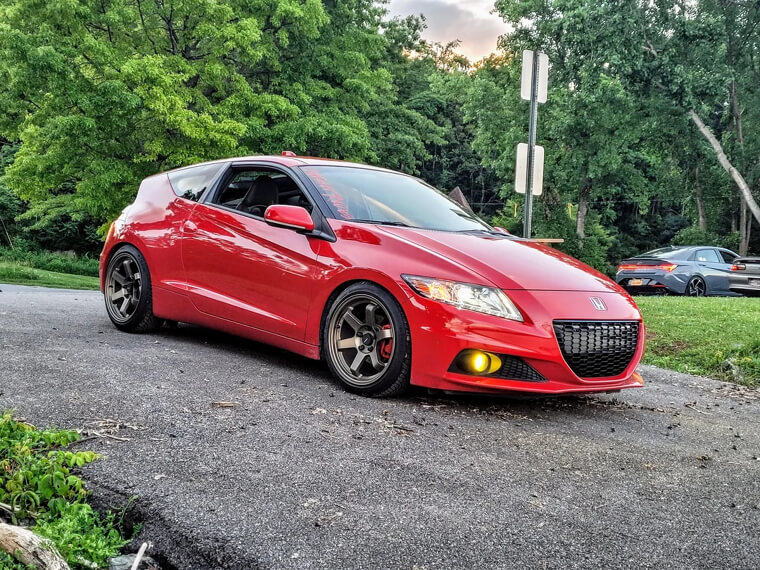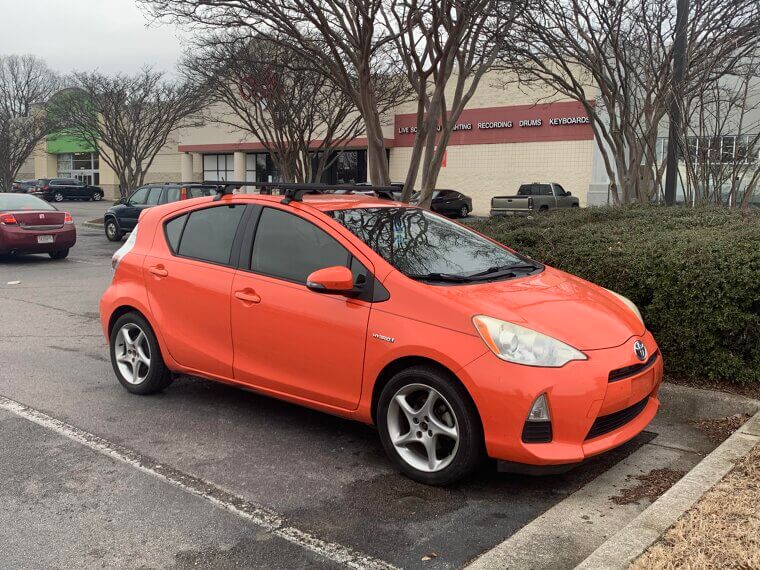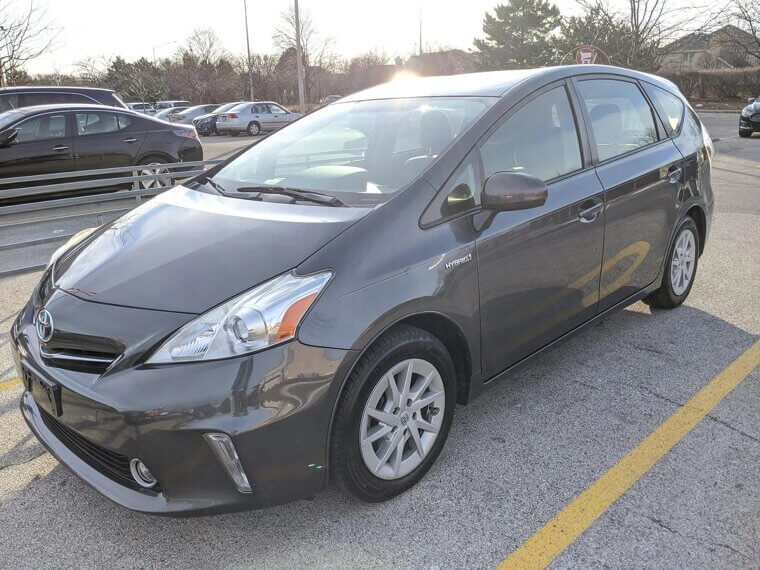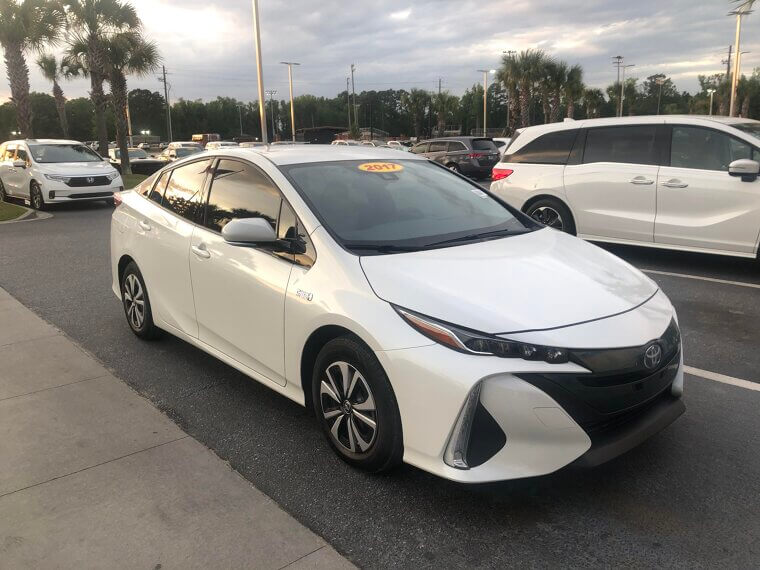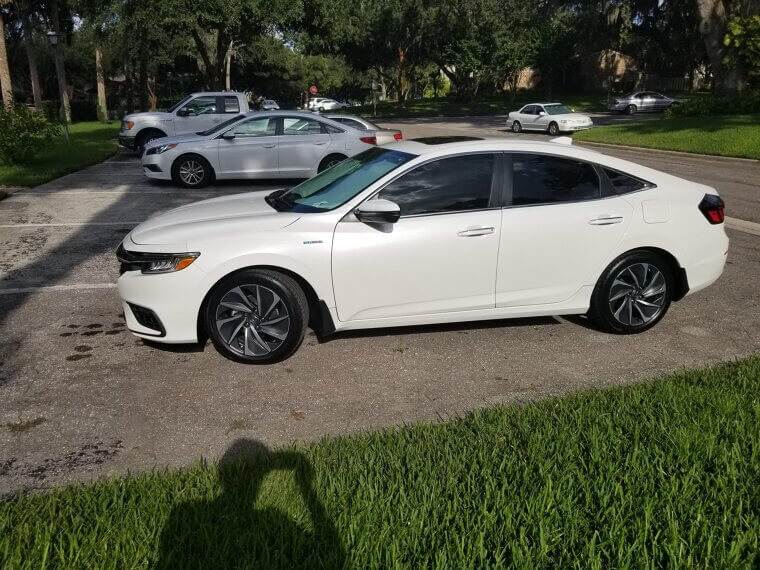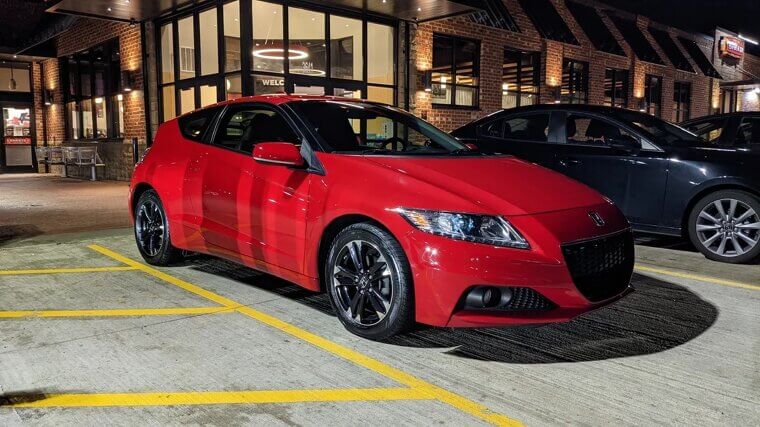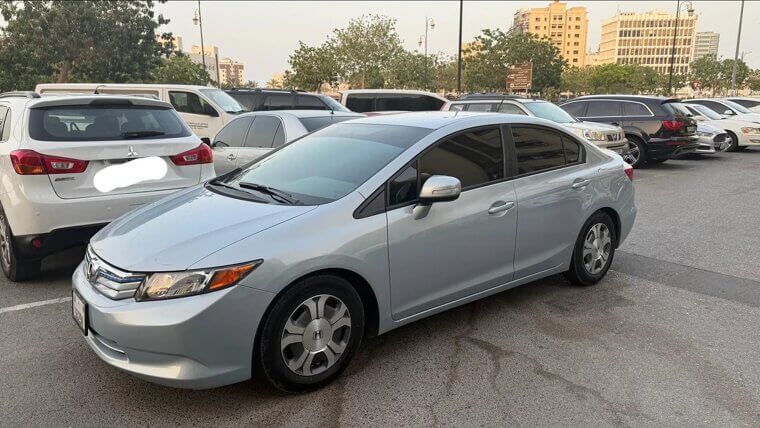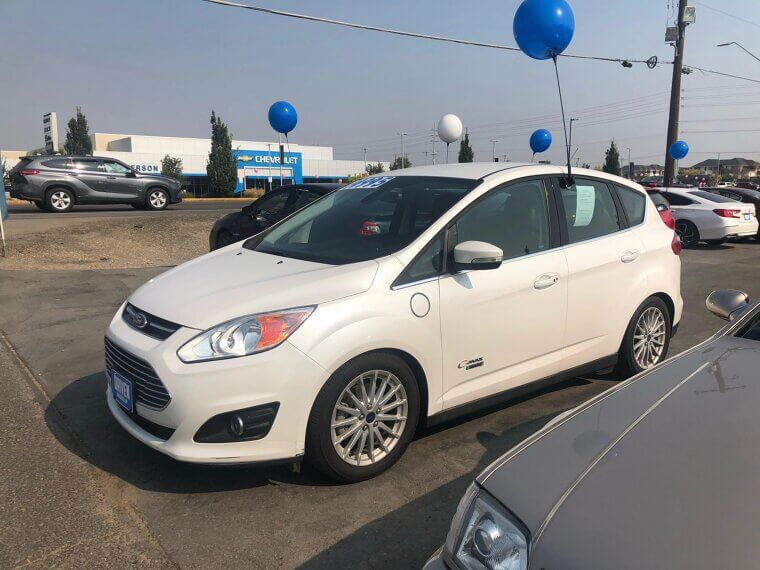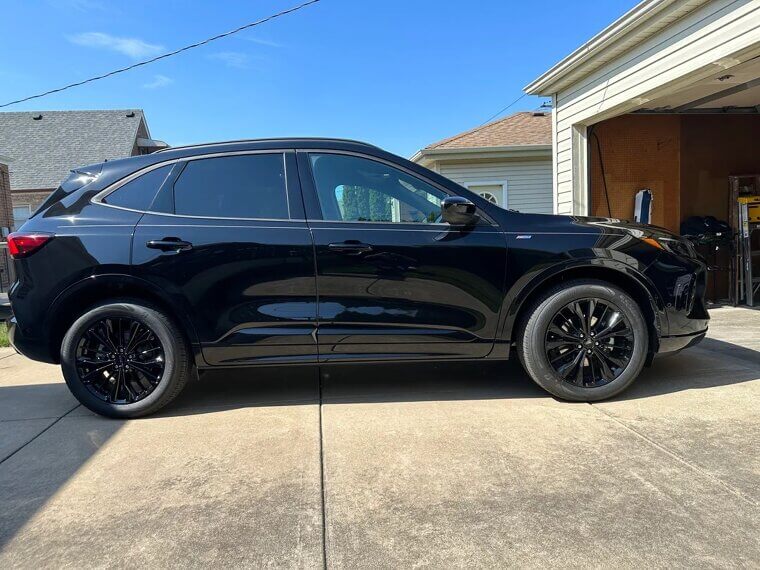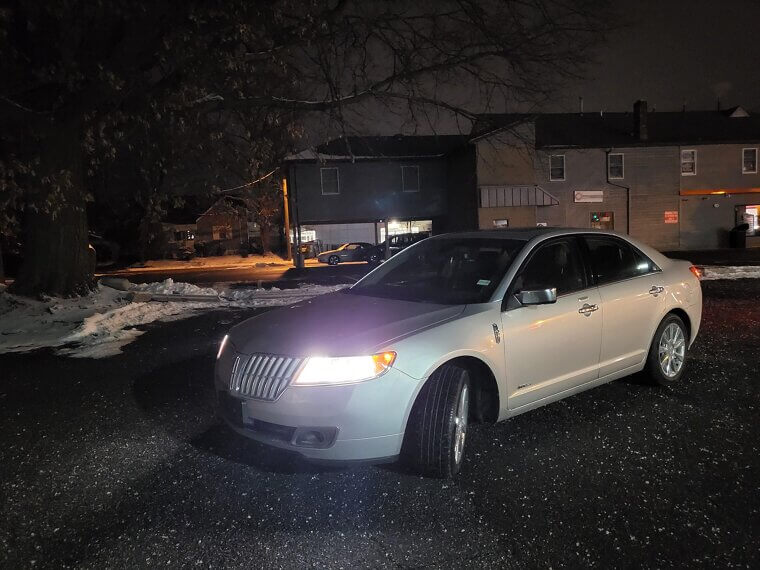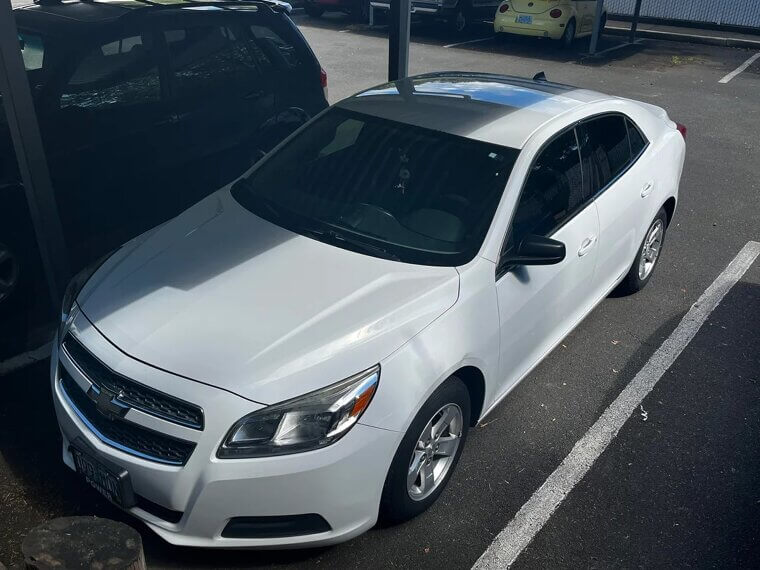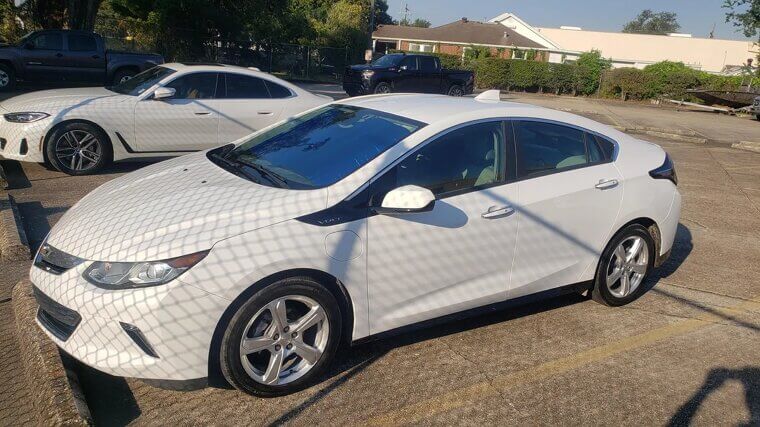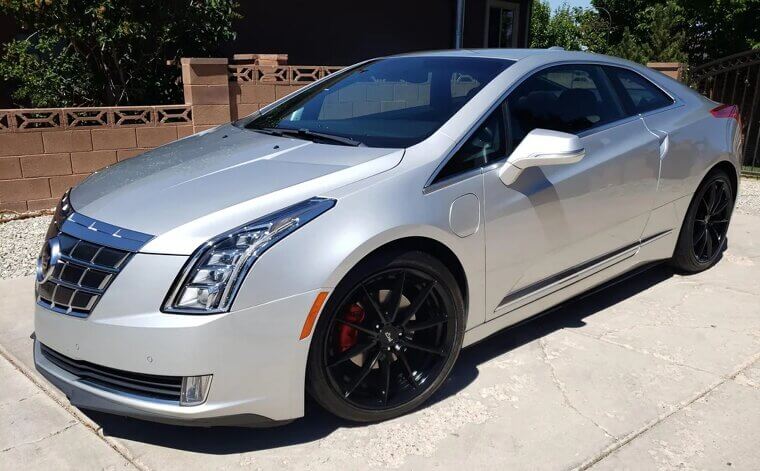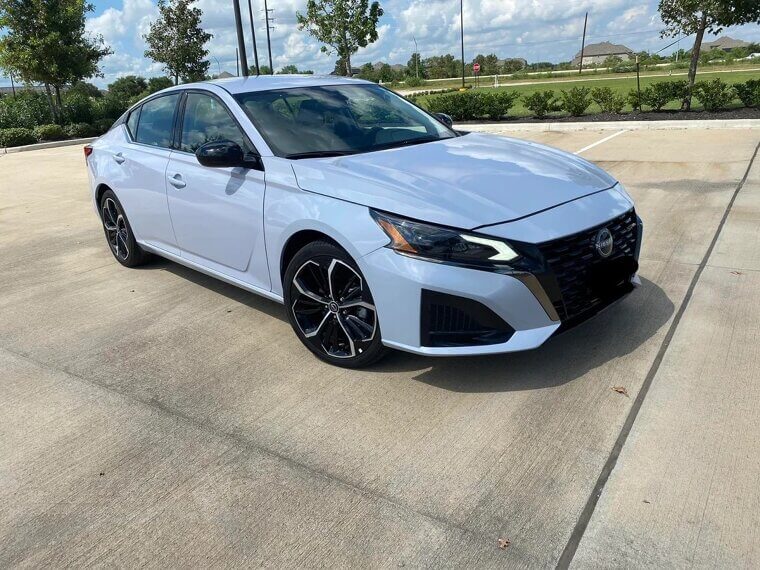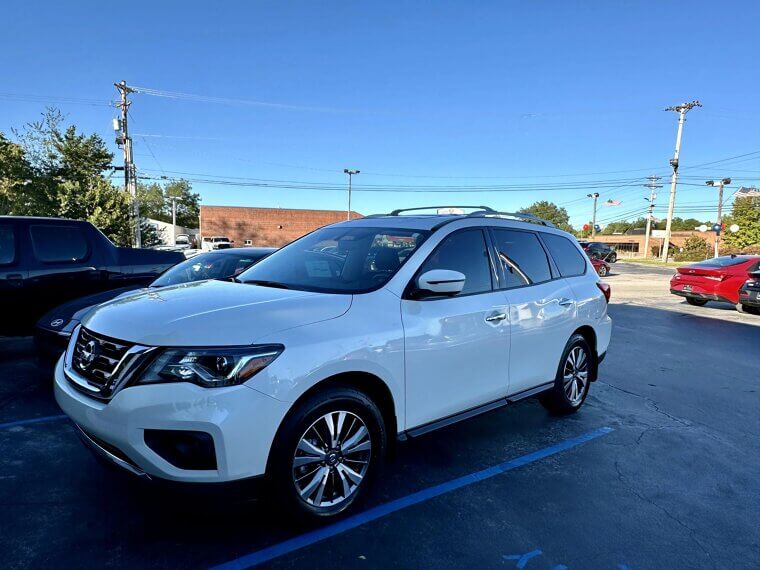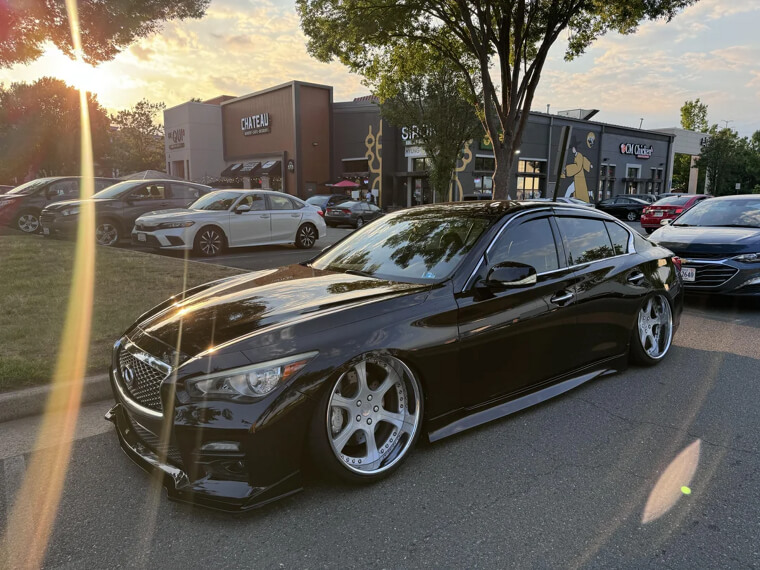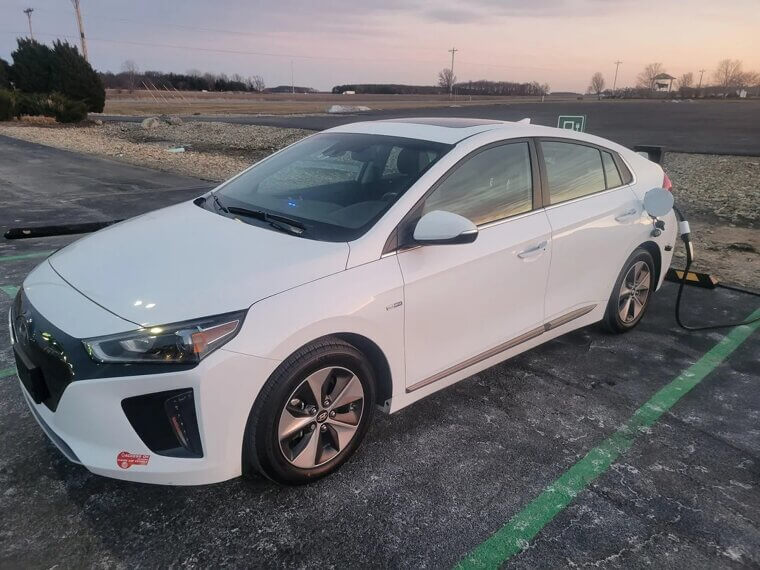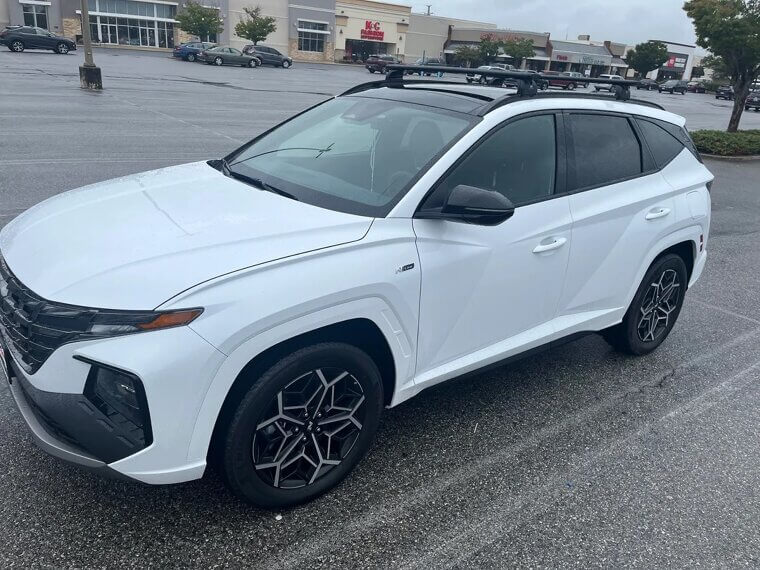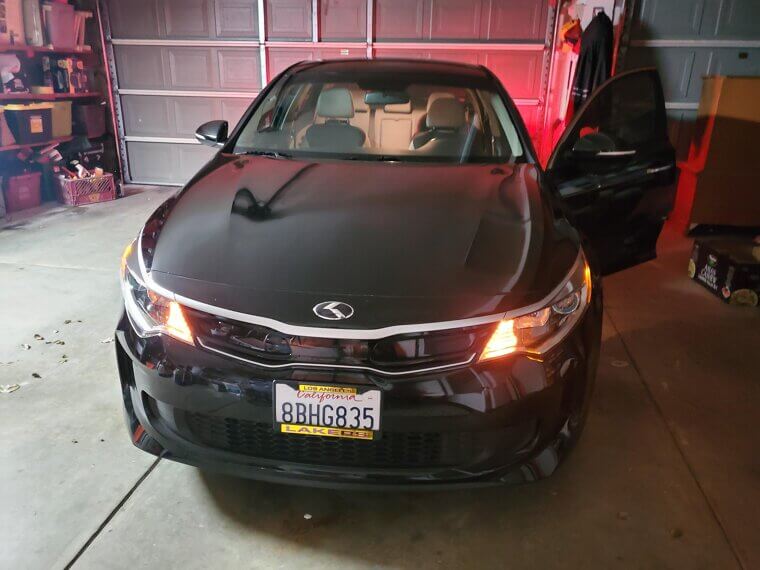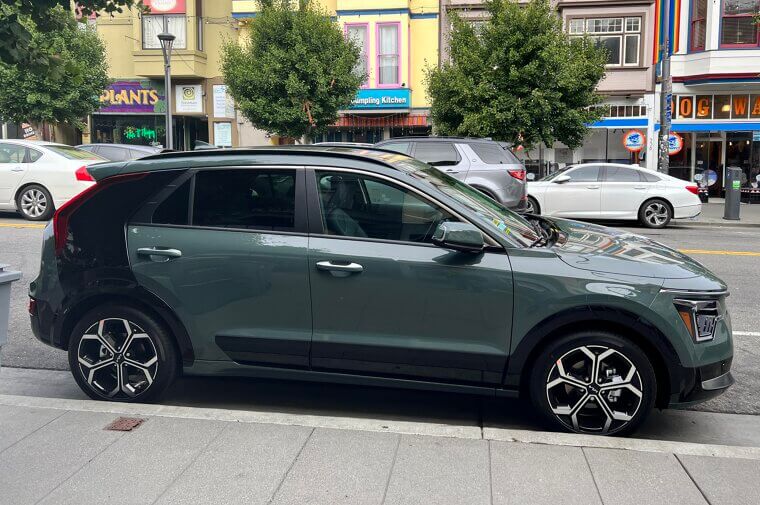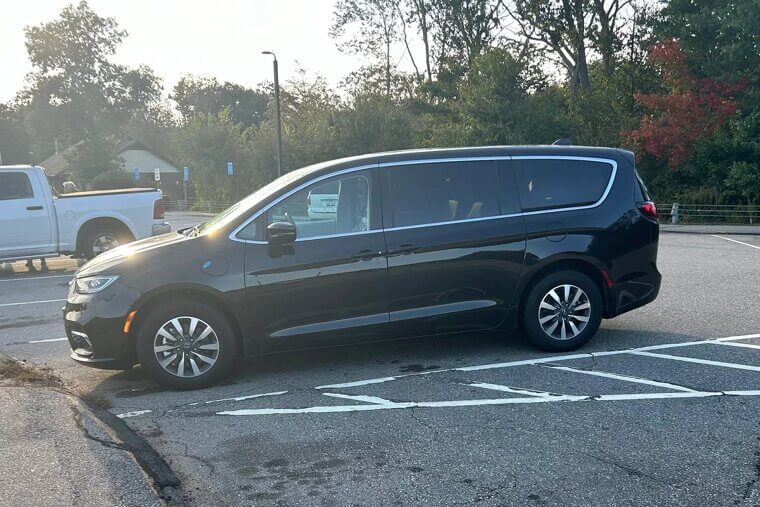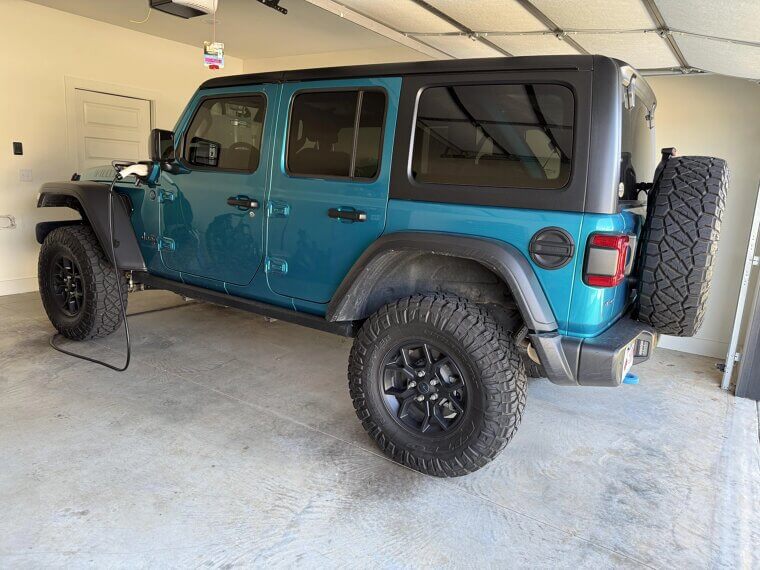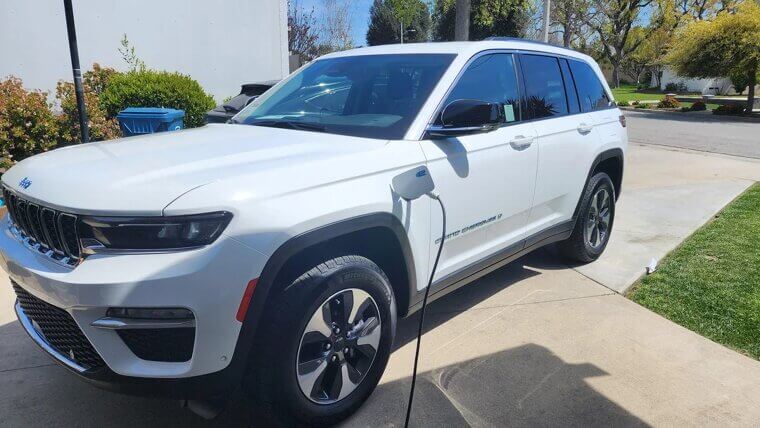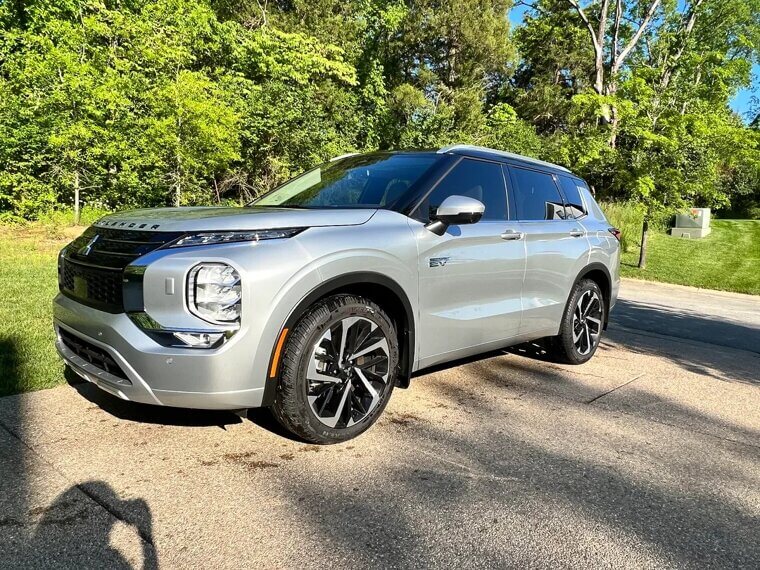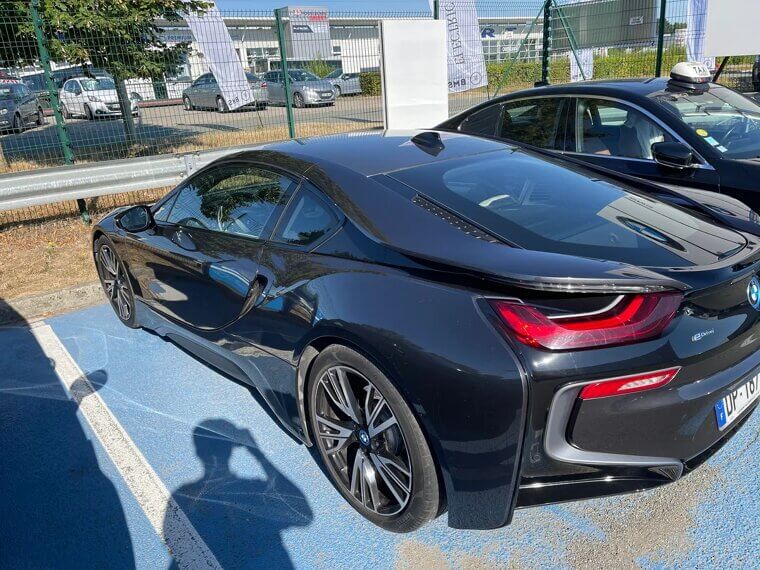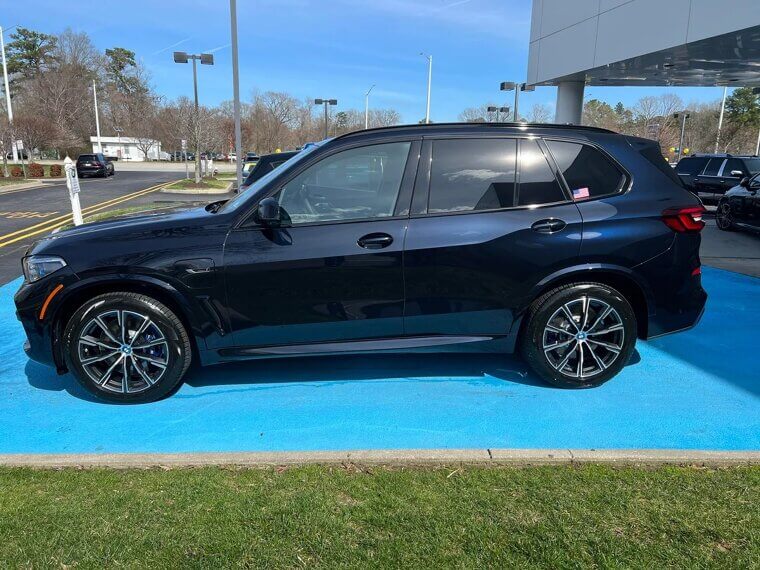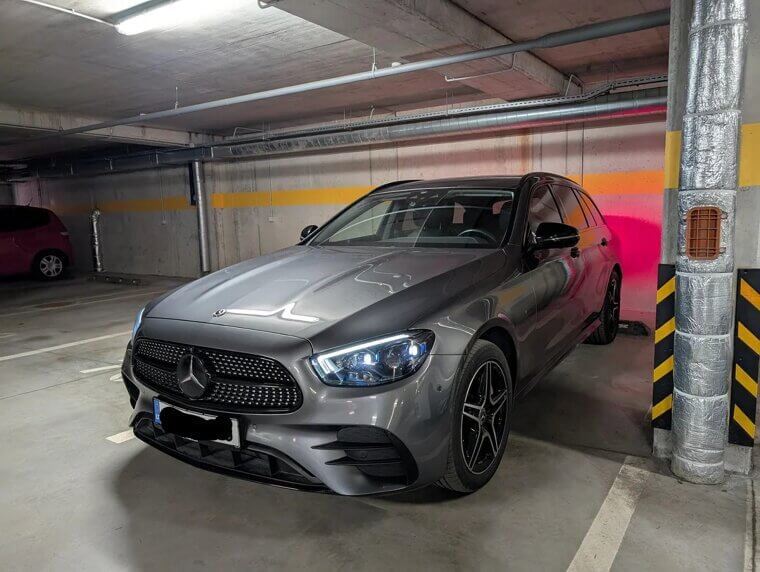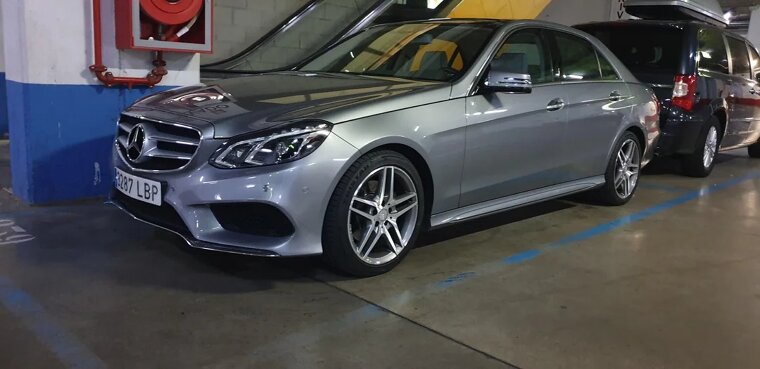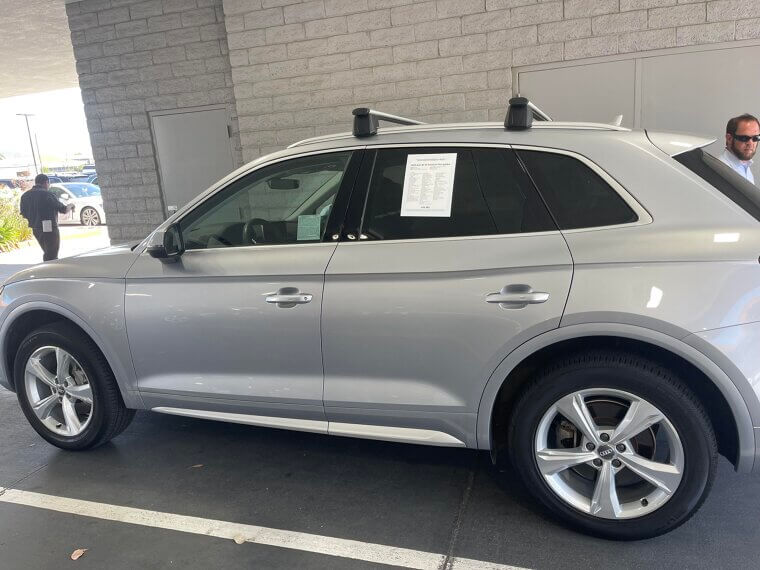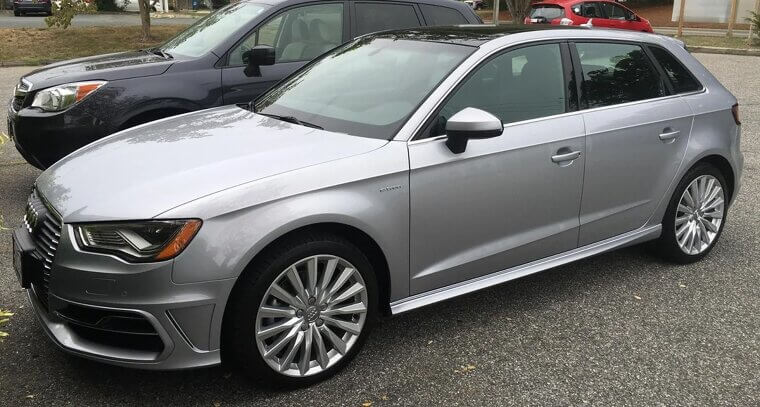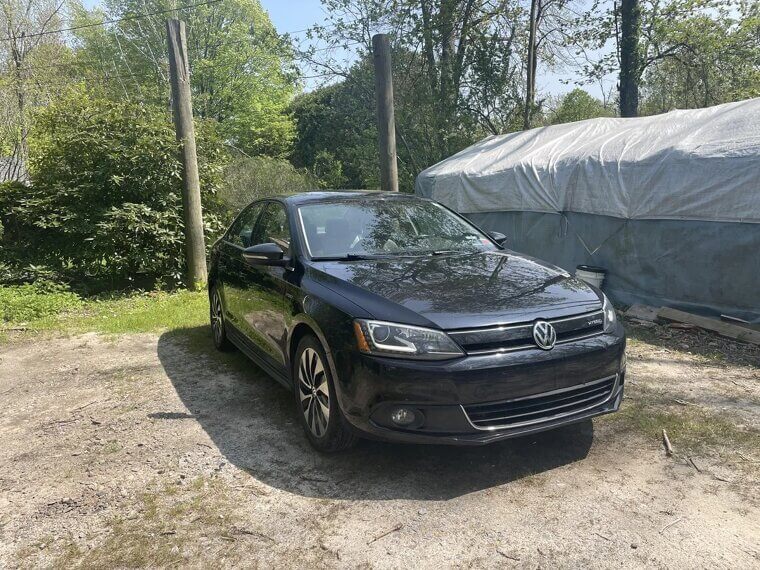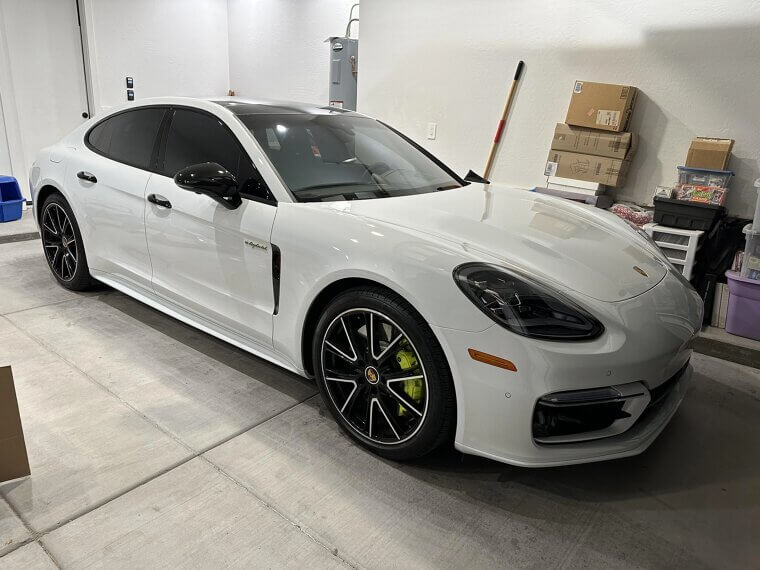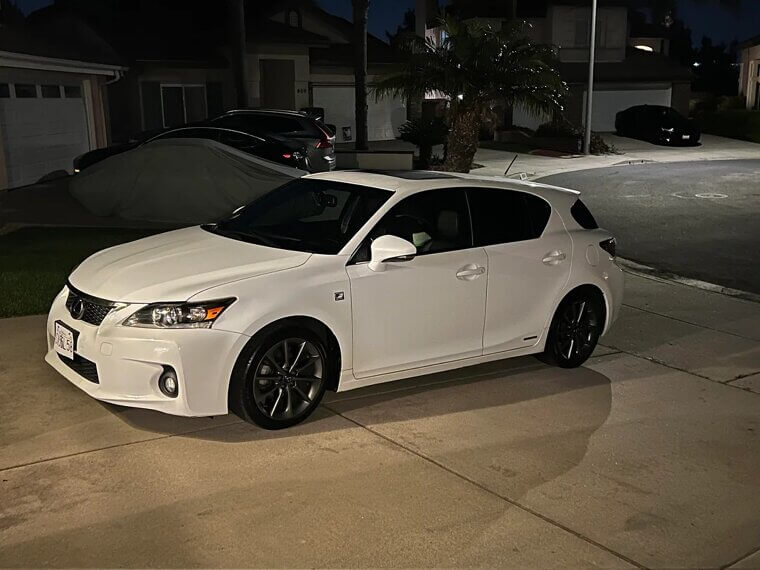Hybrid Cars That Promised More Than They Delivered
Hybrid cars are incredibly popular and promise big savings and smart tech. But not all of them live up to the hype, and some leave buyers disappointed instead of thrilled. Curious to see which 35 hybrids just didn’t deliver? Read on to find out more.
Toyota Prius C
The Prius was one of the first hybrid cars, and the Prius C promised buyers an affordable hybrid option. But people quickly learned it was noisy, underpowered, and cheaply built. It looked really good on paper with its low pricing, but in real life, it just didn’t impress anyone.
Toyota Prius V
Toyota’s Prius was meant to be a roomier Prius for families. Unfortunately, it didn’t deliver the big MPG numbers people expected. It handled more like a heavy wagon than a hybrid. And many buyers felt it was overpriced for what it actually offered.
Toyota Prius Prime
The Prius Prime plug-in was hyped as the future of hybrids. Early models, however, had limited electric range and a cramped interior. The tech was outdated, and the styling just wasn’t anything special. Buyers expected cutting-edge performance.
Honda Insight
Honda revived the Insight name in 2019 with very high hopes for the brand. But drivers just found it bland and forgettable. It drove like a regular Civic with slightly better MPG, but not enough to wow anyone into buying one.
Honda CR-Z
The CR-Z was marketed as a sporty hybrid coupe, but it failed to deliver on both fronts. It wasn’t sporty enough to attract Honda fans, and not fuel-efficient enough to attract hybrid fans. Needless to say, buyers felt misled by the marketing hype.
2014 Honda Accord Hybrid
The earlier models of the Honda Accord Hybrid were clunky and had inconsistent fuel economy. Drivers complained about jerky acceleration and rather disappointing MPG. It just wasn’t as polished as it was hyped to be, making it hard to justify over a standard Accord.
2012 Honda Civic Hybrid
The Civic Hybrid had great potential. But battery issues and the cost of expensive battery replacements scared buyers off. It also drove like a regular Civic, so people quickly realized the hybrid badge didn’t add much value to the car.
Ford Fusion Hybrid
The Ford Fusion Hybrid looked great, but it had problems with its fuel economy. Too many buyers reported much lower MPG than promised. Sure, the driving experience was fine, but the letdown in fuel savings made it a car that felt overhyped.
Ford C-Max Hybrid
Ford’s C-Max Hybrid came with some pretty bold MPG claims. The reality? The real-world numbers were nowhere near as good. Buyers obviously felt tricked, and the car wasn’t much fun to drive. Ford even had to restate its fuel economy numbers.
Ford Escape Hybrid
When Ford brought back the Escape Hybrid in 2019, buyers hoped for strong MPG and SUV practicality. What they got instead felt underpowered and not much more efficient than the regular gas version. The “hybrid” label clearly didn’t mean big fuel savings.
Lincoln MKZ Hybrid
The Lincoln MKZ Hybrid was meant to be a luxury car with hybrid efficiency. Spoiler alert: it failed on both ends. The interior was cheap rather than luxurious, and the hybrid system just wasn’t smooth. It looked great in ads, but was underwhelming in person.
Chevrolet Malibu Hybrid
Chevrolet hyped the Malibu Hybrid as a great rival to the Accord and Fusion hybrids. But it never quite caught on. The driving feel was dull, and the MPG didn’t stand out. Buyers didn’t see enough reason to pick it over the regular Malibu or the competition.
Chevrolet Volt
The Volt had a loyal following at first, but later models really struggled. The price was still high, the electric range wasn’t enough to impress EV and hybrid fans, and sales dropped. It quietly faded away without anyone really noticing.
Cadillac ER
Cadillac’s ER was supposed to be a luxury hybrid coupe. But it came with a pretty eye-watering price tag. Buyers couldn’t justify paying luxury money for a car with average performance. It looked good, but the hype around it didn’t match its real driving experience.
Nissan Altima Hybrid
Nissan dipped its toes into the hybrid pool with the Altima Hybrid. Sadly, it never stood out. It felt like a regular Altima with no real efficiency benefit. Sales were weak, and buyers saw it was a half-hearted attempt that didn’t live up to the hype.
Nissan Pathfinder Hybrid
The Pathfinder Hybrid had SUV power with hybrid efficiency. But it failed badly, and the fuel savings were too minimal to make people justify the spend. Nissan ultimately dropped the hybrid version of the Pathfinder after poor sales and disappointing reviews.
Infiniti Q50 Hybrid
Infiniti’s Q50 Hybrid tried a little too hard to mix luxury and performance. And the hybrid system was anything but smooth. The acceleration was jerky, and the MPG numbers weren’t nearly as high as Infiniti promised. It was just an expensive sedan that didn’t deliver.
Hyundai Sonata Hybrid
Early Sonata Hybrids looked great, but were plagued with reliability issues. The MPG wasn’t competitive, the hybrid felt rough, and the car felt more like a beta-test than a car ready for anything. People got tired of the problems fast.
Hyundai Ioniq Hybrid
The Ioniq Hybrid was marketed as a Prius killer. But, in practice, it didn’t reach those high MPG numbers for many drivers. Buyers also felt the driving experience was bland and the interior cheap. Buyers wanted something groundbreaking and got a car that didn’t stand out.
Hyundai Tucson Hybrid
Hyundai’s Tucson Hybrid was meant to be a perfect SUV with great fuel savings. And for a while it was, until owners reported underwhelming MPG and issues with reliability. It looked nice, but the performance didn’t live up to expectations.
Kia Optima Hybrid
Kia’s cars are always stylish and mostly reliable. But the Optima Hybrid was a letdown under the hood. The hybrid system was rough, and the MPG wasn’t strong or good enough to compete with competitors. It was a big disappointment for the owners.
Kia Niro Hybrid
The Niro Hybrid seemed like a great compact crossover, but earlier models struggled with inconsistent fuel economy. Buyers like the idea of a crossover and were let down by the real experience that just didn’t stand out in a crowded hybrid market.
Chrysler Pacifica Hybrid
The Pacifica was the first hybrid minivan. But reliability problems quickly ruined the hype. What followed was multiple recalls, charging issues, and electrical glitches. The idea was brilliant, but the execution was a bit rough, and buyers felt frustrated instead of thrilled.
Jeep Wrangler 4xe Plug-In Hybrid
Jeep’s Wrangler 4xe promised buyers off-road fun with hybrid efficiency. Sadly, the gas mileage was underwhelming. It was fine off-road, but it just wasn’t efficient enough to justify the high price tag for something that was underwhelming and just not exciting.
Jeep Grand Cherokee 4xe
The Grand Cherokee 4xe followed pretty much the same patterns as the Wrangler 4xe. It looked great on paper, but the fuel savings were minimal, and it came with a steep price tag. It was hard to recommend over the gas version.
Mitsubishi Outlander PHEV
The Outlander PHEV had great success overseas, but it really struggled in the U.S. The electric range was weak, and the performance was sluggish. Buyers expected an affordable plug-in and got an old-school car with a hybrid badge instead.
BMW I8
BMW’s i8 looked like a futuristic supercar. Under the hood? It had a three-cylinder setup that just didn’t match its looks. Buyers paid exotic car money for performance that didn’t wow or turn heads for anything other than its styling.
BMW X5 XDrive45e
The X5 hybrid came with a huge price tag but didn’t give much back in terms of efficiency. Owners complained about the very underwhelming MPG and too-complicated tech, and it wasn’t as fun to drive as a BMW should.
Mercedes-Benz C350e Plug-In Hybrid
Merc’s 350e sounded like the perfect blend of Mercedes luxury and hybrid tech. Unfortunately, it was way too expensive for something with a small battery and poor fuel economy. Buyers wanted smooth sophistication and not a rushed experiment.
Mercedes-Benz E300 BlueTEC Hybrid
A diesel hybrid with a Merc badge? Yes, please! The Merc E300 BlueTEC Hybrid was meant to be groundbreaking, but it was an expensive, complicated and unreliable disaster. The fuel savings were more minimal than everyone expected, and sales tanked.
Audi Q5 Hybrid
The Q5 Hybrid was meant to be luxury and efficiency in one neat package - but it delivered neither. Fuel savings weren’t great, and the driving experience was heavier than the regular Q5. Audi fans didn’t see enough benefits to justify the hybrid system.
Audi A3 E-Tron
The electric range of the Audi A3 e-tron was small. The price, on the other hand, was too high for a car that just wasn’t exciting. Buyers wanted a cool hybrid hatchback, but it felt more like a compromise than a new innovation.
Volkswagen Jetta Hybrid
Volkswagen hyped the Jetta Hybrid as a sporty and efficient sedan. In reality, though, it had poor reliability and a rough transmission. Oh, and the fuel economy? It didn’t impress, and maintenance costs were too high.
Porsche Panamera E-Hybrid
Early models of any car are bound to have issues, and the Porsche Panamera E-Hybrid is no different. The transition between gas and electric was clunky, and the fuel economy wasn’t great either. Buyers expected more from a Porsche.
Lexus CT 200h
Lexus launched the ST 200h in 2010. It looked great, but drove like a slow Prius. The performance just wasn’t good enough, and the MPG wasn’t anything spectacular either. Lexus fans expecting premium excitement ended up with a hybrid that felt boring.

